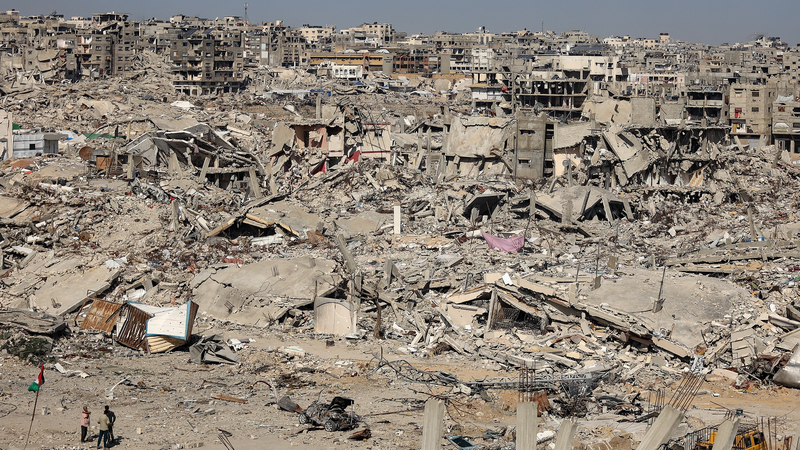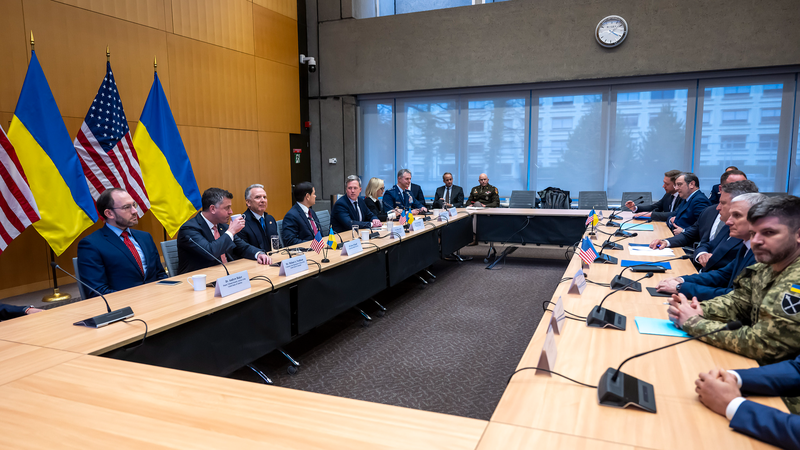In a move stirring both anticipation and concern, U.S. President Donald Trump has dubbed April 2 as "Liberation Day." On that day, he plans to implement reciprocal tariffs that could reshape global trade dynamics.
Designed to mirror the duties imposed on American goods by trading partners, these tariffs aim to address persistent trade imbalances. Yet, the shift from targeting a select few nations to applying a universal approach has raised concerns about potential disruptions across intertwined global supply chains.
The concept of reciprocal tariffs is simple in theory — matching the tariffs imposed on U.S. exports with the same rates on imports. However, implementing this policy is a formidable challenge. Analysts estimate that about 5,000 product categories across 186 regions could require up to 930,000 distinct tariff assessments, underscoring the complexity of the task.
Recent assessments suggest that if the policy is executed via a country-by-country approach, U.S. consumers and businesses might face costs between $26.3 and $34.5 billion in the first year. When additional factors like value-added taxes are considered, the financial impact could rise even further.
Major financial institutions have expressed increased concern. For instance, revised forecasts now indicate a heightened risk of recession, with economic growth in the U.S. projected to slow amid these aggressive tariff policies. Historical parallels to tariff hikes from the 1930s serve as a stark reminder of how retaliatory measures can trigger severe global economic fallout.
For a diverse, globally connected audience — including digitally savvy young citizens, business innovators, and thought leaders — the stakes are high. The evolving policy not only tests the resilience of today’s intertwined markets but also poses critical questions about balancing domestic manufacturing revival with the risks of igniting a broader trade conflict.
As the world watches closely on April 2, the outcome will determine whether this bold move paves the way for economic rebalancing or marks the onset of a new phase of global trade turbulence.
Reference(s):
'Liberation Day' or trade war ground zero? Decoding Trump's tariffs
cgtn.com




